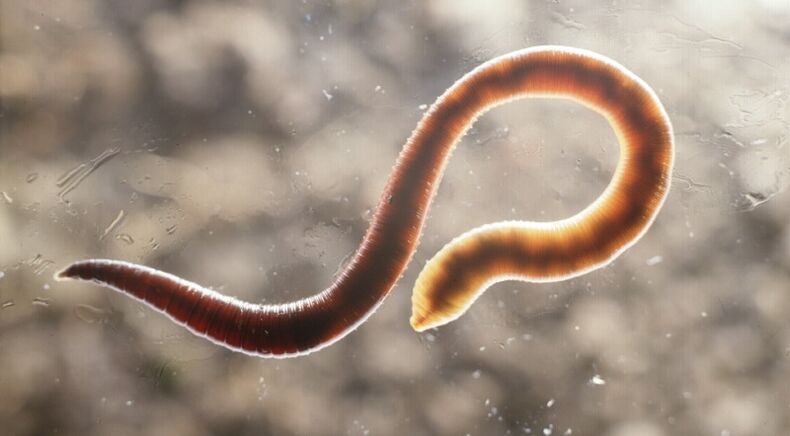
As a general rule, a person does not think about their health and the parasites in their body until they feel bad. The patient does not know which specialist to turn to in order to find out the exact number of parasites present and which organ to damage. A person alone cannot diagnose himself, but can easily determine the presence of parasites in the body.
What parasites can live in the human body
There are two types of parasites that can easily exist in the human body. They feed on all the beneficial elements of the body and produce substances that lead to vital activity in the body.
- Endoparasites. It is a kind of parasite that lives in the human body. This type of parasite includes all bacteria, fungi, lamblia and many viruses.
- Ectoparasites. They live on the outside of the human body. They feed on human blood and tissue. Ectoparasites include lice, bugs, ticks, mosquitoes and other insects.
It is much easier to recognize the defeat of the body by ectoparasites. There are external signs of their presence that are simply impossible not to notice:
- skin rashes and itching are observed;
- redness of certain areas of the skin;
- Visible insect-like bites
- pain and burning sensation.
More accurate examination can be performed using a microscope or special analyzes.
Unlike ectoparasites, endoparasites do not live outside the human body. From this point of view, they are quite difficult to spot. These parasites can literally feed on a person for years, so the patient doesn’t even suspect its existence.

The presence of parasites in the body - signs of appearance
Any parasite that can live in the human body is extremely hardy and dangerous. They reproduce almost immediately, posing a particular threat to human health. The existence of parasites can be identified for several signals:
- skin rash and itching;
- the appearance of red rashes that cause severe itching;
- presence of edema in advanced subcutaneous tissues;
- a sharp rise in body temperature.
The manifestation of an allergic reaction depends directly on the location and development of the parasite in the human body. In general, the presence of parasites can also be determined by the following external signs:
- Obvious disturbances in the work of the gastrointestinal tract.
- Different degrees of skin lesions.
- Discoloration of the skin.
- Sharp weight change.
- Frequent fatigue, drowsiness, loss of energy.
- Dizziness and all kinds of headaches.
- Presence of Quincke edema.
- Asymptomatic cough.
- Depression of unreasonable depression, loss of purpose in life, fear and irritability.

Signs of the appearance of worms in the body
- Gastrointestinal disorders such as diarrhea, bloating, stool discoloration and abdominal pain.
- Itching in the back and groin area.
- External detection of the presence of worms in the anus.
- Signs of worms in vomiting.

What diseases can be caused by parasites
The long-term existence of parasites in the human body destroys its work. In addition, the vital activity of many parasites can activate a number of unpleasant diseases:
- multiple types of anemia;
- disorders of the central nervous system;
- abscesses in different parts of the human body;
- the appearance of oncological diseases as well as cysts;
- a sharp decline in immunity;
- difficulty breathing;
- joint pain, muscle pain and many other diseases associated with joint pain.

In fact, parasites cause irreparable damage to human health. They can live literally everywhere. They are so different that their development can cause varying degrees of damage to the body. To avoid the risk and further development of parasites, it is recommended to conduct research and prevent parasitism once a year.



























